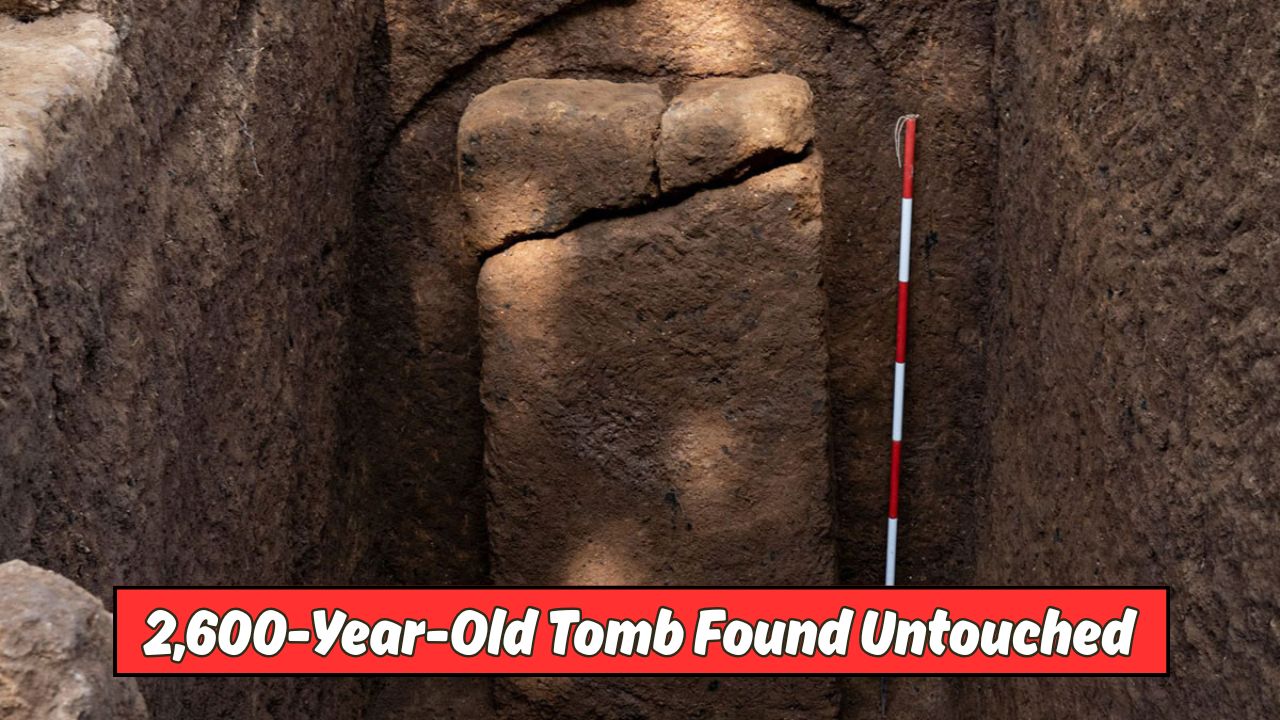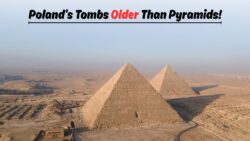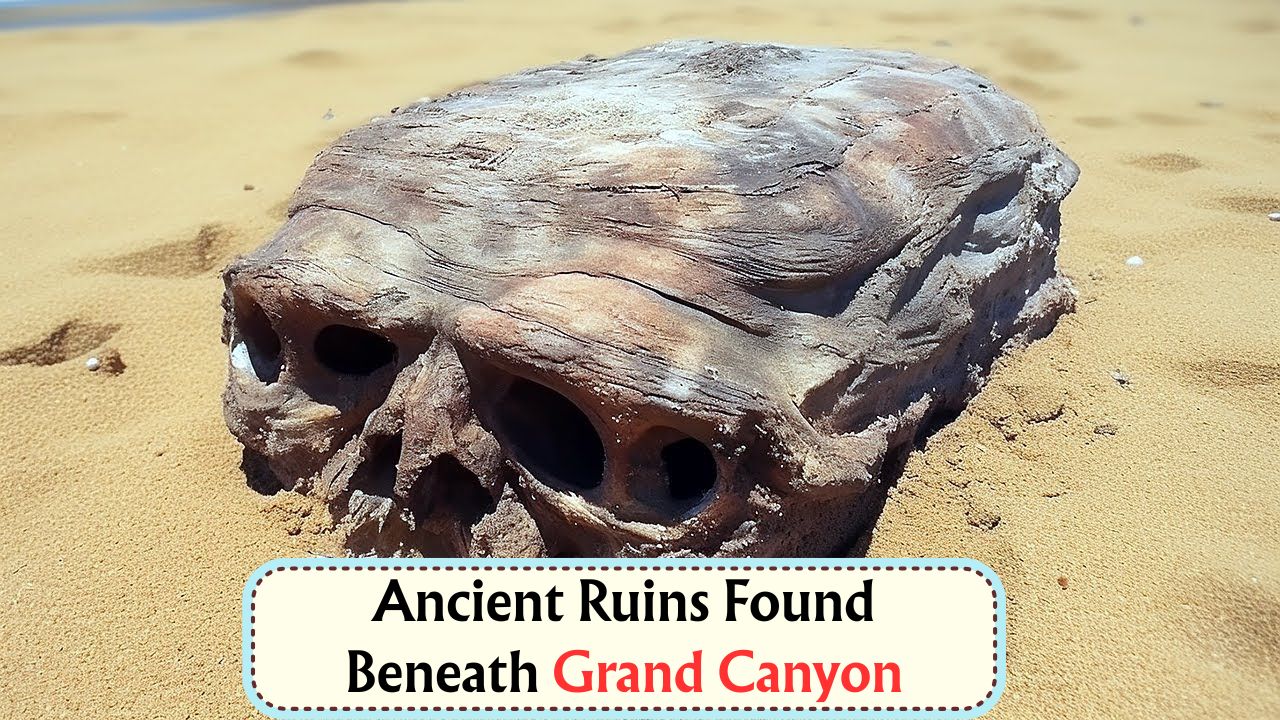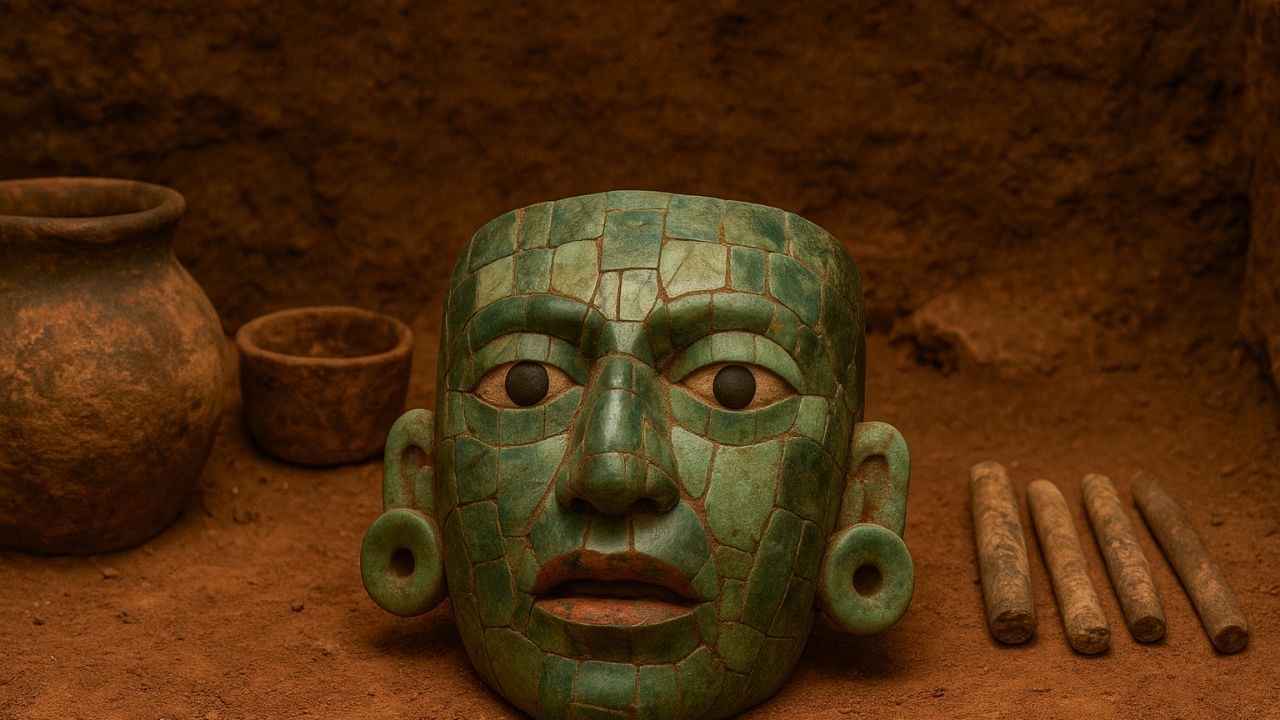2600-Year-Old Tomb – In a breathtaking archaeological breakthrough, researchers have unearthed a 2,600-year-old tomb in pristine condition—completely untouched by looters. The discovery, made in a remote region of the Middle East, is being hailed as one of the most important finds of the 21st century. What sets this tomb apart is not just its age, but its remarkable state of preservation and the wealth of artifacts found within it. For decades, looters have ravaged historical sites for profit, leaving many tombs stripped of their cultural heritage. But this one tells a very different story—a story that has survived over two millennia, hidden beneath layers of earth and mystery.
Where Was the Tomb Discovered?
The astonishing tomb was discovered in the ancient city of Saqqara, located just south of Cairo, Egypt. Known for its vast necropolis and step pyramid complexes, Saqqara is no stranger to historic finds. However, this newly unearthed tomb—believed to belong to a high-ranking priest or noble from the 6th century BC—is far more intact than any other burial site found in the last decade.
Location Highlights:
- Region: Saqqara, Egypt
- Estimated Age: 2,600 years
- Period: Late Period of Ancient Egypt
- Believed Occupant: High-ranking priest or nobleman
- Condition: Completely sealed and untouched by looters
Why This Discovery Is So Rare
Over the centuries, tomb raiding has devastated many archaeological sites, especially in Egypt. Priceless treasures, manuscripts, and mummies have been stolen, leaving behind only empty chambers. But this tomb defied the odds.
Key Reasons for Its Significance:
- 100% Intact: The tomb had never been opened since its sealing 2,600 years ago.
- Original Artifacts: Items including amulets, scrolls, jars, tools, and jewelry were found exactly as placed.
- Rich Hieroglyphs: The walls were covered in bright, unweathered hieroglyphs and murals.
- Preserved Mummy: A fully intact mummy, wrapped in linen and embedded with gold, was found in the central sarcophagus.
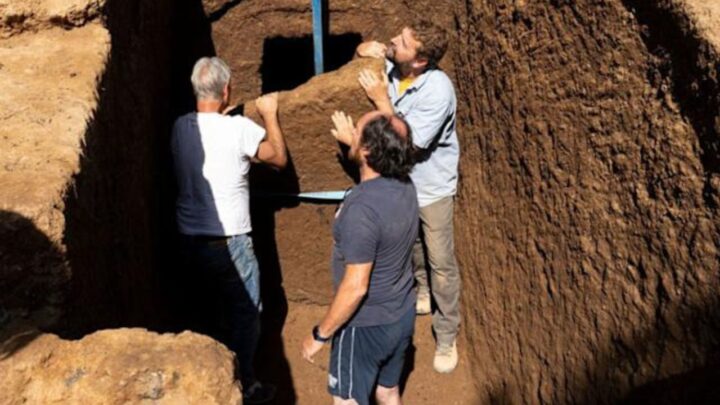
What Was Found Inside the Tomb?
The contents of the tomb left experts speechless. Unlike other sites where looters have taken everything of value, this tomb offered a complete snapshot of ancient Egyptian burial practices and beliefs.
Major Discoveries:
- Gold and Lapis Jewelry: Necklaces, rings, and ornaments with semi-precious stones.
- Canopic Jars: Four jars used to preserve the organs of the deceased.
- Alabaster Statues: Representations of Egyptian deities including Osiris and Anubis.
- Papyrus Scrolls: Religious texts believed to be part of the Book of the Dead.
- Food Offerings: Sealed jars containing ancient food and wine for the afterlife.
- Ceremonial Tools: Bronze razors, cosmetic vessels, and incense holders.
Who Was the Tomb Owner?
Although the tomb’s inscriptions are still being deciphered, preliminary translations point toward the tomb belonging to a nobleman named Ptah-Ma’at, who served as a senior priest during Egypt’s 26th Dynasty.
What We Know About Ptah-Ma’at:
- Title: Chief Priest of Ptah (god of craftsmen)
- Dynasty: 26th Dynasty, during Egypt’s Late Period
- Era: Circa 600 BC
- Family Tomb: Evidence suggests nearby chambers may hold relatives
How the Tomb Was Found
The discovery was part of a long-term excavation project led by Egypt’s Ministry of Tourism and Antiquities in collaboration with international experts. While scanning the area using ground-penetrating radar (GPR), researchers detected unusual voids beneath the surface. Upon careful excavation, they encountered a sealed limestone entrance—an unmistakable sign of an undisturbed burial chamber.
The Excavation Process:
- Initial Radar Survey: Detected a void approx. 20 feet underground
- Excavation Started: Took over 6 months due to the tomb’s delicate condition
- Sealed Entrance Found: Marked with untouched hieroglyphs
- Tomb Opened: Revealed inner chambers covered in pristine art and dust-free objects
Global Reaction and Historical Impact
Archaeologists and historians across the world have expressed awe at the find. Social media platforms were flooded with praise, theories, and discussions about the historical implications. Museums and academic institutions are now requesting temporary exhibits and research collaborations.
Why This Matters:
- New Clues on Ancient Egypt: Helps decode funerary customs and spiritual beliefs
- Historical Preservation: Proof that untouched tombs still exist
- Inspiration for Future Excavations: Sparks hope for similar finds in other regions
What’s Next for the Tomb?
The artifacts have been carefully transferred to climate-controlled labs for analysis and restoration. The tomb itself is expected to become part of a new heritage site exhibit, potentially open to tourists by late 2026.
Upcoming Plans:
- Carbon Dating: To verify the exact age of remains and artifacts
- DNA Testing: To understand the lineage of Ptah-Ma’at
- 3D Scanning: To digitally preserve the tomb’s interior for virtual tours
- Public Exhibition: Plans underway for a global traveling exhibit starting in 2027
The untouched 2,600-year-old tomb discovered in Saqqara is more than just an archaeological wonder—it’s a time capsule of ancient Egyptian civilization. This miraculous find reminds us that despite centuries of plundering, history still holds secrets waiting to be unearthed. For the modern world, it offers a rare, undisturbed glimpse into the past—a moment frozen in time that now breathes new life into our understanding of human history.
